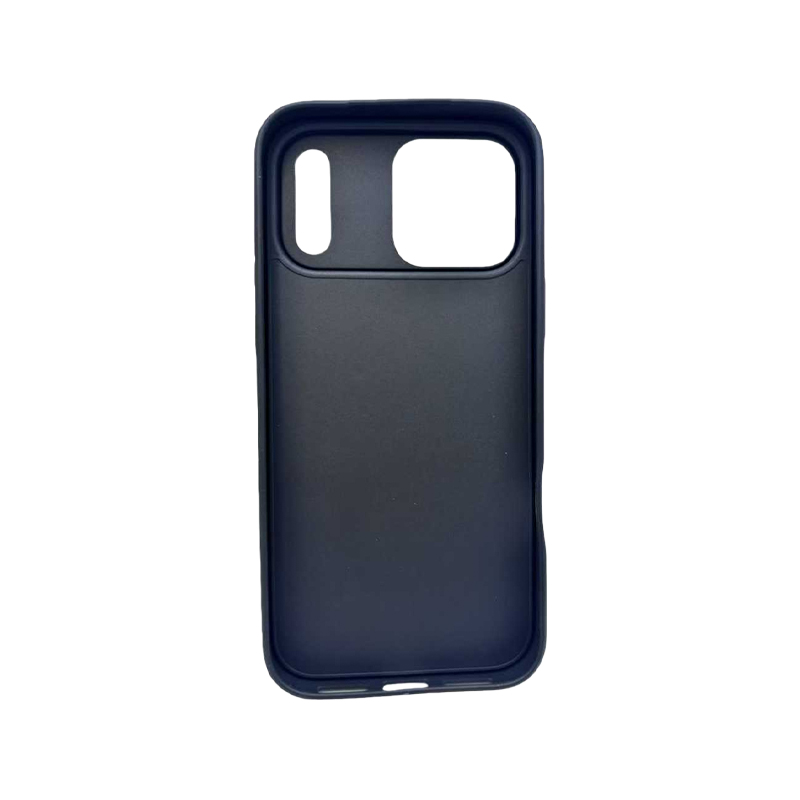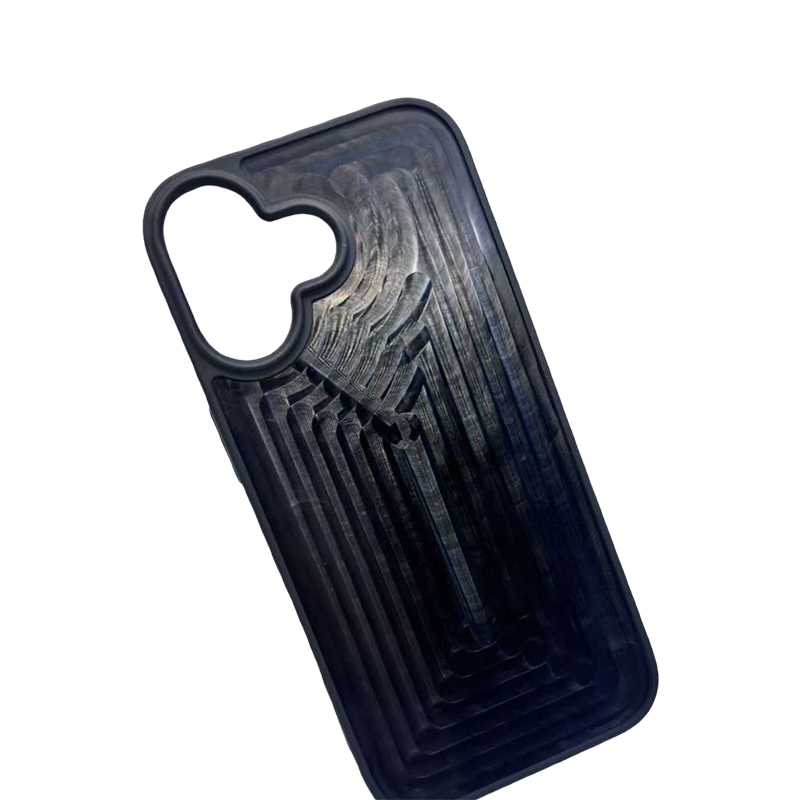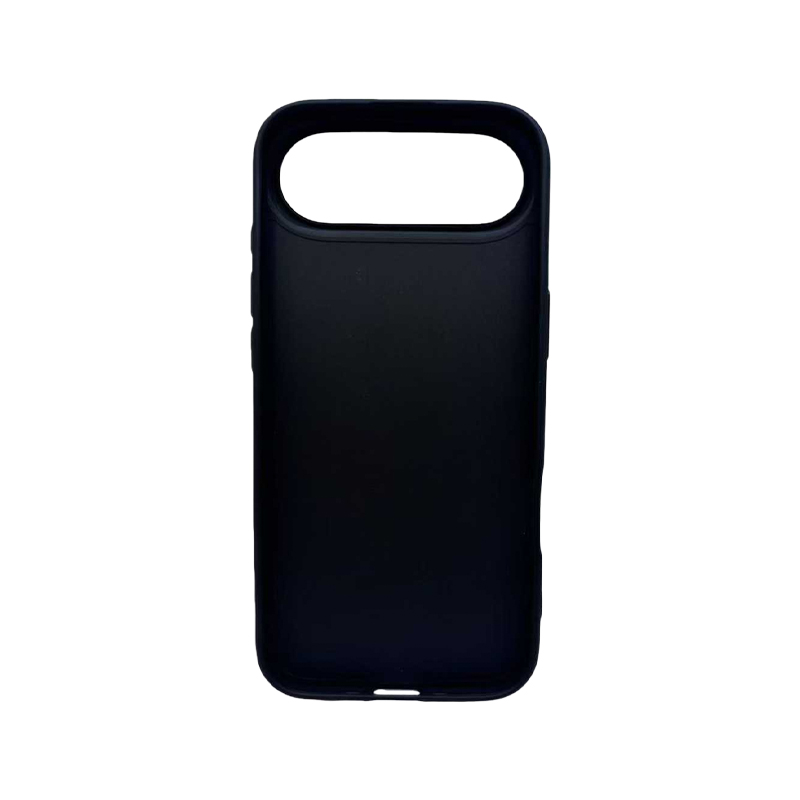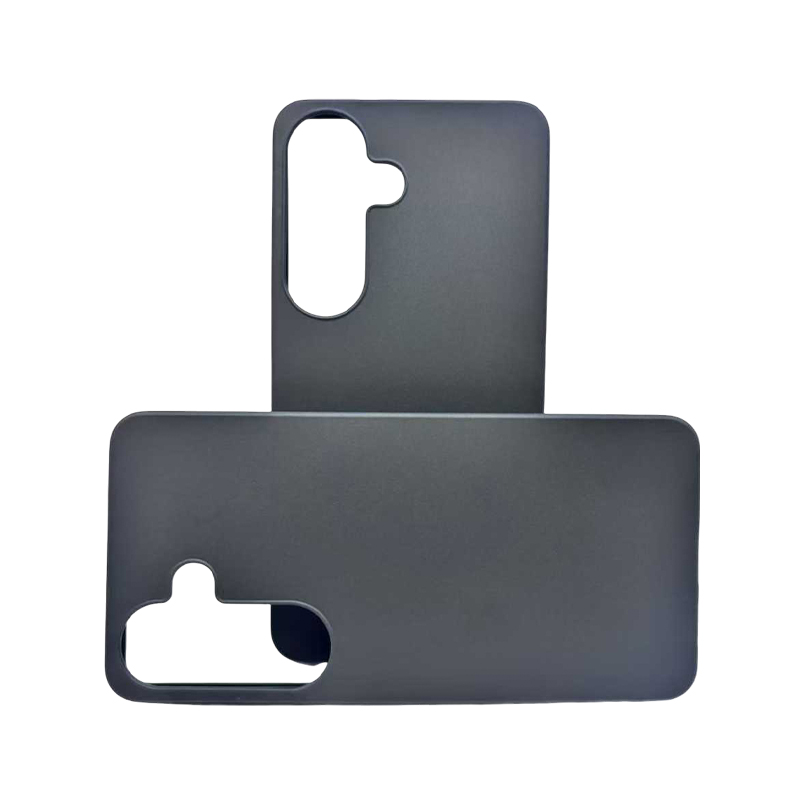Will the light transmittance of transparent PC phone cases decrease faster due to UV exposure?
Release Time : 2025-09-22
Whether the transmittance of transparent PC phone cases degrades rapidly due to UV exposure requires a comprehensive analysis of the material's properties, photochemical mechanisms, and actual usage scenarios. PC (polycarbonate), a thermoplastic engineering plastic, possesses high transmittance and impact resistance thanks to the aromatic ring structure in its molecular chain. However, it is also light-sensitive. Photons in the UV range are sufficiently energetic to break C-H bonds within the molecular chain, generating free radicals and initiating a chain oxidation reaction. This reaction disrupts the regularity of the molecular chain, leading to the formation of micropores or cross-linked structures within the material, which in turn alters the light propagation path and gradually reduces transmittance.
UV damage to PC materials has a cumulative effect. Initially, UV rays primarily act on the surface, causing the breakage and recombination of shallow molecular chains, forming a dense oxide layer. While this oxide layer slightly reduces transmittance, it also blocks some of the subsequent UV rays from penetrating deeper into the material, creating a dynamic equilibrium. However, with extended exposure, the surface oxide layer gradually thickens, and internal stress accumulation can lead to the formation and propagation of microcracks. These cracks become centers of light scattering, further reducing transmittance and causing visual defects such as haze and yellowing on the surface.
Environmental factors significantly exacerbate UV damage to PC phone cases. High temperatures accelerate molecular chain motion, reducing the activation energy of oxidation reactions and accelerating free radical generation. High humidity promotes molecular chain breakage through hydrolysis, while water penetration weakens the van der Waals forces within the material, reducing structural stability. Furthermore, oxygen in the air is a key player in oxidation reactions, and its concentration directly affects the reaction rate. The synergistic effects of UV, high temperature, high humidity, and oxygen can exponentially increase the rate of transmittance degradation in PC phone cases, especially during long-term outdoor use.
Material modification techniques can effectively slow transmittance degradation. By incorporating UV absorbers (such as benzotriazoles and benzophenones) into the PC matrix through co-modification, these molecules selectively absorb UV light and convert it into harmless heat, thereby reducing direct photon damage to the molecular chains. Furthermore, the addition of photocatalysts such as nano-titanium dioxide can trigger a self-cleaning effect on the surface, decomposing adsorbed organic pollutants and preventing the loss of light transmittance caused by stain accumulation. Furthermore, surface coating technologies (such as UV-curable coatings) can form a dense protective film on the material surface. Its refractive index is highly compatible with the PC substrate, reducing light reflection loss while also blocking UV and oxygen penetration.
Protective measures during actual use are equally important. Avoid exposing phone cases to direct sunlight for extended periods, especially during the summer midday when UV intensity is highest. Store in a cool, dry place to minimize the erosion of high temperature and humidity. Use a neutral detergent and a soft cloth when cleaning, avoiding scratches on the surface coating caused by harsh brushes. For phone cases that have slightly yellowed, polishing can remove the surface oxide layer and restore some light transmittance. However, be careful to control the polishing force to prevent excessive wear and tear that may reduce the thickness of the material.
From a material lifespan perspective, high-quality PC phone cases experience a relatively slow decline in light transmittance under normal usage conditions (UV exposure no more than four hours per day, ambient temperature below 40°C), typically requiring one to two years for noticeable visual differences to appear. Products with UV-resistant coatings can extend their lifespan to three to five years, with light transmittance degradation limited to less than 10%, fully sufficient for daily use. In contrast, unmodified, standard PC phone cases, under the same conditions, may only maintain transparency for six to twelve months, after which they must be replaced to maintain visual quality.







